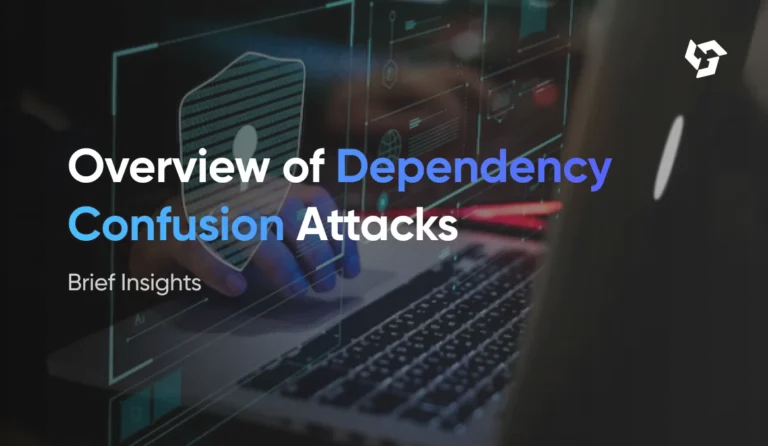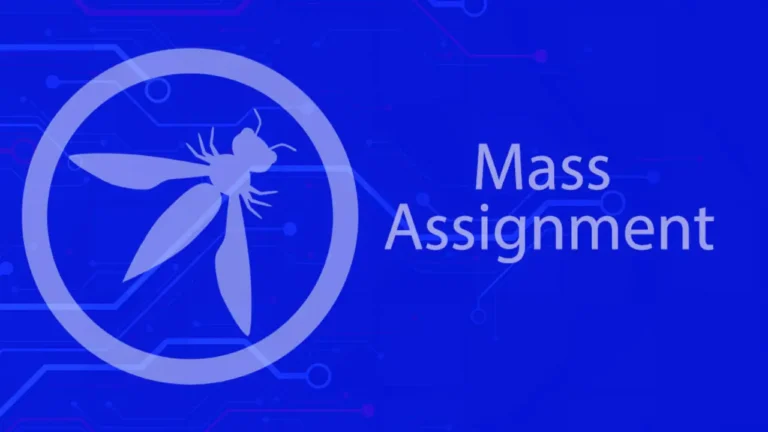Dependency Confusion: The Silent Threat in Your Software Supply Chain
1. Introduction: The Invisible Backdoor 2. How Dependency Confusion Works: Step-by-Step Anatomy of an Attack: plaintext Copy Download 1. Attacker scouts internal package names (e.g., `company-auth-lib`). 2. Uploads malicious version to public registry with a higher version number (e.g., `v99.0.0`). 3. Build systems (like Jenkins) prioritize public registries → install trojanized package. 3. Why It’s…


